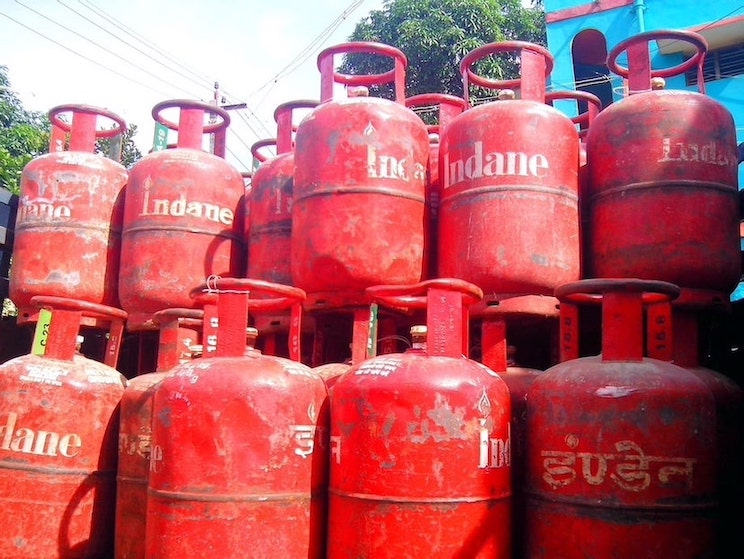The Indian government has announced a significant increase in gas prices, affecting millions of households and industries. Effective from April 8, 2025, the price of domestic liquefied petroleum gas (LPG) cylinders will rise by Rs 50 per cylinder. This marks the first hike in domestic LPG prices this year, adding pressure to household budgets amidst rising inflation and global economic uncertainties. Additionally, the administered price mechanism (APM) for natural gas has been increased by 4 per cent, reflecting broader adjustments in India’s energy pricing policies.
LPG Price Hike
Union Petroleum Minister Hardeep Singh Puri confirmed the Rs 50 increase in LPG cylinder prices during a press conference on April 7, 2025. For non-subsidised consumers, the price of a standard 14.2 kg LPG cylinder will jump from Rs 803 to Rs 853, while beneficiaries under the Pradhan Mantri Ujjwala Yojana (PMUY) will see rates rise from Rs 500 to Rs 550 per cylinder.
This price hike is expected to impact over 30 crore households across India, particularly those in lower-income groups who rely heavily on LPG for cooking. The increase translates into an additional annual cost of Rs 600 per cylinder for families using one cylinder per month. This comes at a time when inflation and rising energy costs are already straining household budgets.
The government has justified the hike as necessary to align domestic LPG prices with global fuel market trends and balance subsidy burdens. However, this decision has raised concerns about affordability, especially for PMUY beneficiaries who represent economically vulnerable sections of society.
In addition to domestic LPG price adjustments, excise duties on petrol and diesel have been raised by Rs 2 per litre. Despite this hike, retail fuel prices are expected to remain unchanged as oil marketing companies absorb the increased costs in the short term.
Natural Gas Price Hike
The government has also revised the administered price mechanism (APM) for natural gas, increasing it by 4 per cent for the April-September 2025 period. The new rate stands at $6.75 per million British thermal units (mmBtu), up from $6.50 in the previous quarter. This adjustment follows recommendations by the Kirit Parikh Committee, which proposed gradual increases to align domestic gas prices with market trends while ensuring long-term sustainability.
The natural gas price hike will have mixed effects across sectors. Upstream producers like ONGC and Oil India are expected to benefit from higher earnings per unit sold. Similarly, city gas distributors such as GAIL and IGL may experience improved margins but could pass on increased costs to consumers. On the other hand, industries reliant on natural gas—such as fertiliser production and power generation—will face higher input costs, potentially affecting profitability unless these costs are transferred to end-users.
India’s reliance on imported liquefied natural gas (LNG), which constitutes about 50 per cent of its total gas consumption, further complicates the situation. Global factors like extreme weather events, currency depreciation, and volatile spot market prices have contributed to rising LNG costs. With the Indian rupee trading weak against the US dollar, import expenses are amplified, exacerbating challenges for industries dependent on natural gas.
The dual price hikes—LPG for households and APM natural gas for industries—underscore India’s balancing act between fiscal stability and affordability amidst global economic pressures. While these measures aim to stabilise revenue streams and support domestic producers, they also risk burdening consumers and businesses with higher costs during uncertain times.


